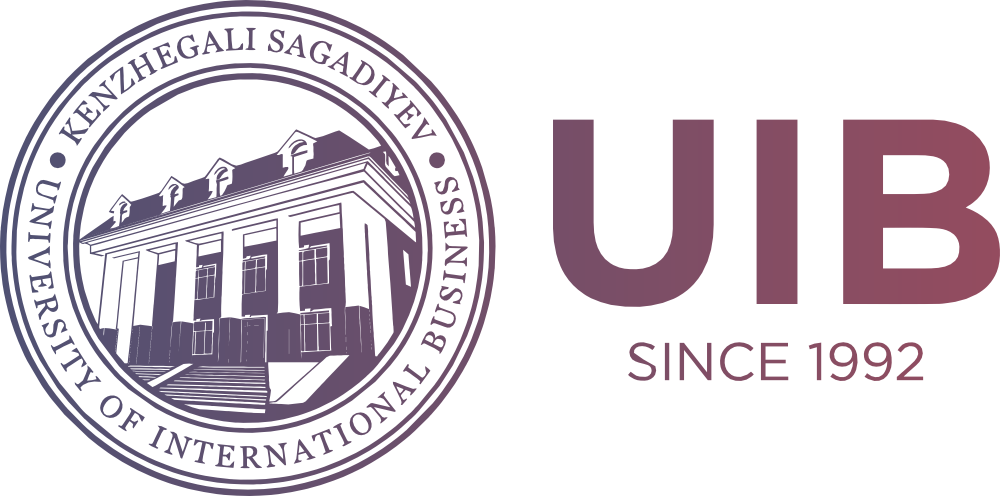Urbanization Trends and Processes in Kazakhstan
DOI:
https://doi.org/10.47703/ejebs.v1i55.11Abstract
Goals and objectives of the research: the main goal of the research is to analyze urbanization processes occurring in Kazakhstan in the period between 2009 and 2019.
Methodology: the author uses comparative analysis and synthesis via statistics taken from the Committee on Statistics of the Republic of Kazakhstan by the period of 2009-2019. There is a comparison of the share of urban population, unemployment rate and average monthly salary wage in Almaty, Nur-Sultan, Shymkent.
Findings : primarily, there is shown an overview of worldwide trends towards urbanization processes. Main causes of these processes globally and regionally are presented either. Afterwards, diagrams and graphs with main indicators as well as description of urbanization in Kazakhstan can be seen. Then it leads to conclusion. The structure of this paper: abstract, main part (with diagrams and tables), conclusion, references.
Value: The paper reviews the changes of urbanization processes in Kazakhstan. Urbanization today is one of the main trends of the world. Currently the urban population has exceeded the number of people living in rural areas, and this trend will only intensify. Regarding developed countries, it can be seen that 3/4 of the country population tend to live in cities: in the United Kingdom, the rate of urbanization hits 82%, in the USA - 81%, in France - 79%, in Germany - 75%. In accordance with UN forecasts, by 2050, 6.2 billion people will reside in cities, which will be 66% of the total population of the earth. Therefore
Theoretical or Practical implications: the given research results can be used by governmental committees and implemented for theoretical courses and disciplines towards urbanization.
Downloads
How to Cite
Downloads
Published
Issue
Section
License

This work is licensed under a Creative Commons Attribution 4.0 International License.
Authors retain copyright and grant the journal right of first publication with the work simultaneously licensed under a Creative Commons Attribution (CC-BY) 4.0 License that allows others to share the work with an acknowledgment of the work’s authorship and initial publication in this journal.


